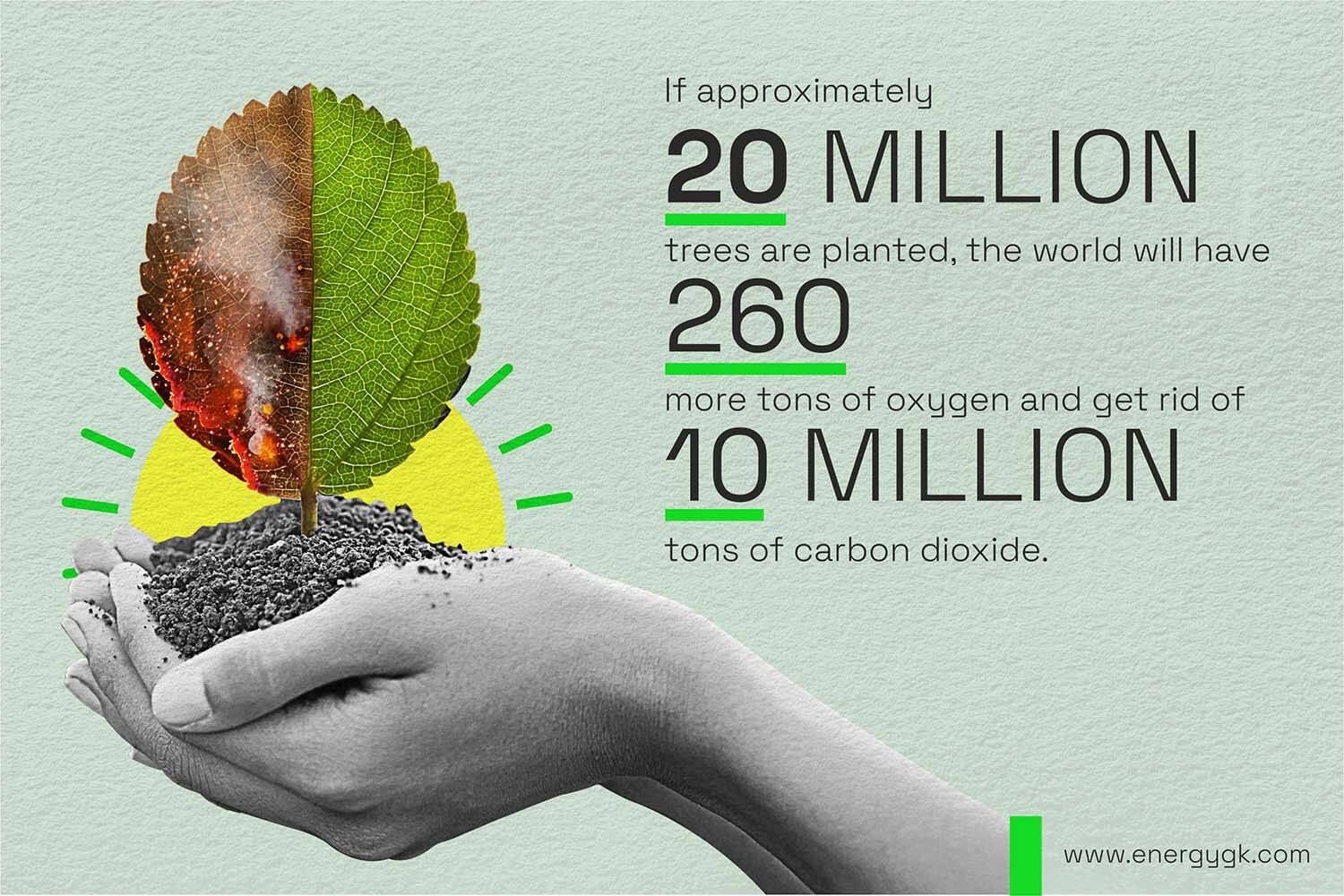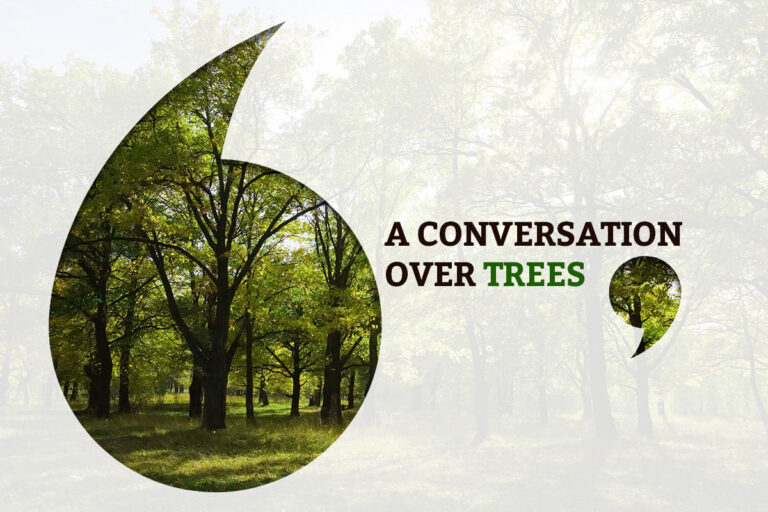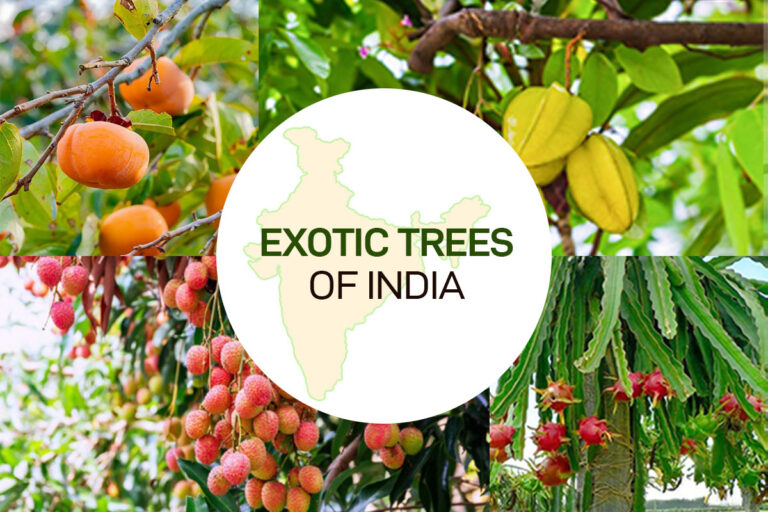Interesting facts about trees and the impact of deforestation around the world.

Did you ever, as a student studying the subject of science or particularly biology, find it fascinating that trees can prepare their own food? Or did you momentarily ponder how entrancing it is that trees can generate oxygen? Well, if you ever felt astounded by the intricacies of how trees are and how they impact the world we live in, you would be in for a delight to know that there are many more such facts that we hardly come across. Let us take an insightful dive into the various fun and rather interesting facts about trees.
While it is known that trees reproduce by seeds and that they have specialized visible organs of reproduction – flowers – what is unknown to many is that there is a term for it, which is called phanerogams. That’s right! Trees are phanerogams. Therefore, there is a unique term for the specific reproduction function of trees, which is common to all living beings.
Like all living beings, trees have the ability to fight. Yes, human bodies activate the fight-or-flight mechanism during times of danger. Well, because trees are pretty grounded, they have developed the ability to fight. It has been found by scientists that trees flood their leaves with phenolics when the insects strike. Other than that, they can also signal other trees so that they can initiate their defense.
It is apparent that trees are similar to the human species; however, they can have a profound impact on our lives – other than providing us with the essential oxygen that we barely take notice of. It has been noted that patients in a hospital with a view of trees spend 8% fewer days in the hospital as compared to those who do not have the view. Patients with a view of the trees heal faster.
Babies that are born in areas with a lot of trees are less likely to be born underweight, and kids that live in places with more trees have a lesser chance of having asthma. People who live in a place with a dense population of trees have fewer cardio-metabolic health issues and are less likely to be prone to death by cardiovascular or pulmonary disease.
Captivatingly, trees play a role in our rituals and rather superstitious but widely practiced norms. The famous norm of touching or knocking on wood to ward off ill-fortune comes from ancient pagan rituals that believed good spirits resided inside trees. The practice of decorating evergreen conifer trees is remarkably older than modern Christianity. It dates back to medieval times when Europeans especially valued trees that remained green in winter when everything else died. They were used in houses to ward off ghosts, goblins, and spirits before becoming a symbol of the holiday season for Christians across Europe. The tradition of decorating conifer trees started off during the Renaissance around the Christmas Holiday in early modern Germany, and by the 1800s, European nobles and officials had adopted and popularized this tradition.
Tree facts that have a direct correlation with their ability to improve the environment standards and halt the process of degradation are: solar trees can be installed where the panels would be mounted over the tree trunks adding aesthetic value to them while serving the purpose of solar energy production. Also, live walls which can be another aesthetic component for cityscapes are ways of promoting urban greening and reducing the level of air pollution.
Despite having such intrinsic connections with trees, humans fail to value and cherish the species and overlook even the most important fact about trees – their ability to provide oxygen, take away carbon dioxide, reduce natural disasters like droughts and floods and negate climate crisis. If approximately 20 million trees are planted, the world will have 260 more tons of oxygen and get rid of 10 million tons of carbon dioxide. However, trees continue to be the most passive and often overshadowed part of the ecosystem.


